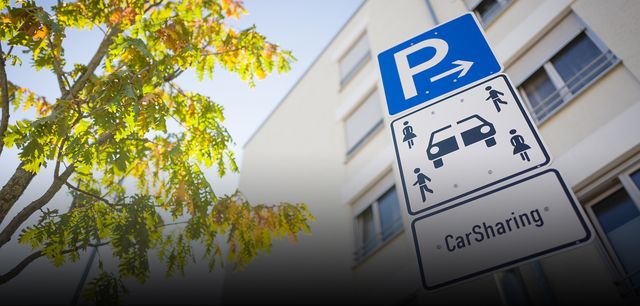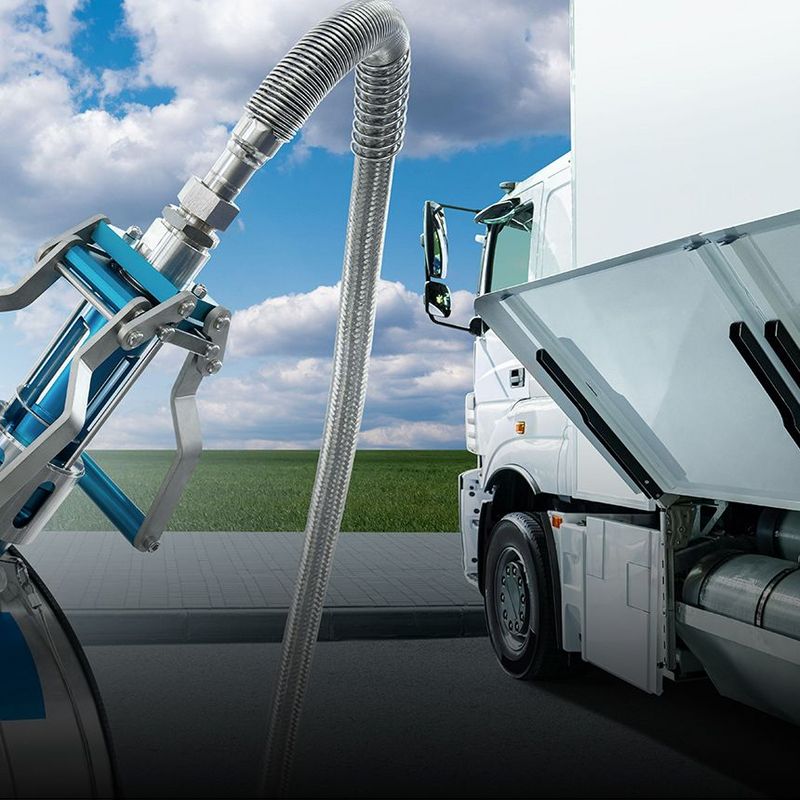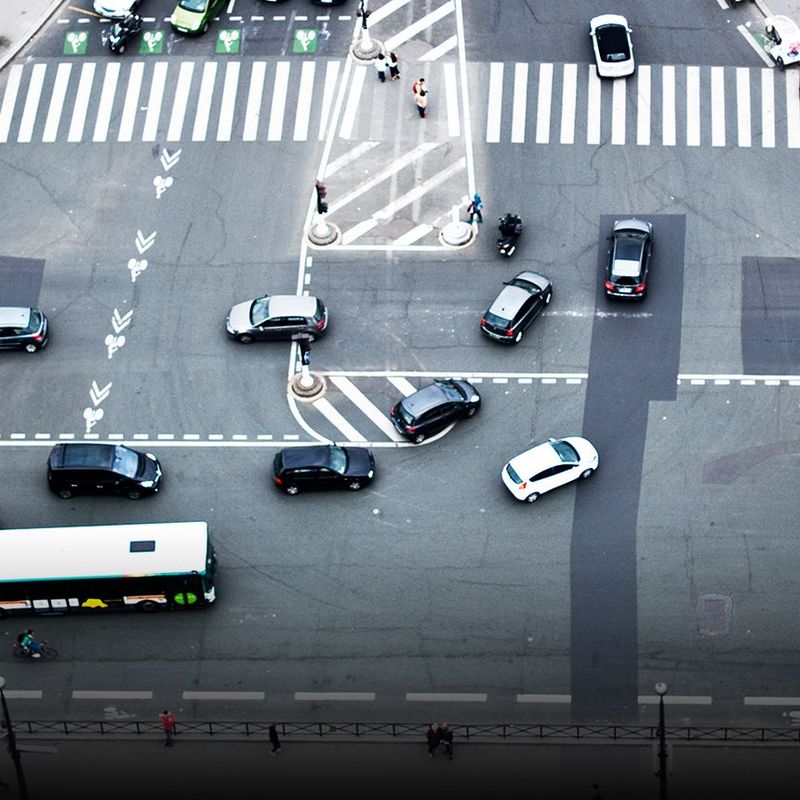10. March 2022
In the big cities, carsharing has long been a matter of course. The picture is quite different in municipalities with fewer than 20,000 inhabitants: Less than five percent of them offer station-based carsharing schemes. But the offer is growing – even in the countryside. Let’s take a look at three examples.
Communal EVs in Stade
The Dorfstromer association has been operating a carsharing scheme in the district of Stade in Lower Saxony, Germany, since 2019. It all started with three electric vehicles, and the fleet has now grown to 15 EVs, which can be rented in places including Oerel and Harsefeld. The 327 members have already covered around 17,000 kilometres between them. Some of them are using the sharing EVs in place of second cars, and the association says that some older users have even dispensed with their own car altogether.
The charge to all users is four euros an hour, and a club membership for families costs only eight euros per month. That this continues to pay off for the users is down, among other things, to the lower maintenance costs for the electric vehicles and the fact that all the association’s members work on a voluntary basis. Above all, however, the municipalities are contributing 100 euros in membership fees per month. “This means that a large chunk of the maintenance costs is already covered,” says board member Hans-Joachim Raydt.
© Dorfstromer15 swiftly electrified Dorfstromer vehicles (12 pictured here) are now replacing some of the private cars of residents in the district of Stade.
BARshare in the Barnim district
The carsharing service in the district of Barnim also relies on electric vehicles but distinguishes between main and co-users: During the day, companies, clubs and district council workers drive the electric vehicles, thus replacing a proportion of their previous fleet. After work and at weekends, it’s the turn of the local residents. “We want to improve local mobility and reduce the number of private cars, the need for parking, and CO2 emissions. The fact that the vehicles are driven by both main and co-users has increased the capacity utilisation of our fleet and the efficiency of the carsharing service,” says BARshare project manager Saskia Schartow.
Launched in 2019 and subsidised by the German Federal Ministry of Transport, BARshare now has 44 electric vehicles in use at eleven stations. Ten e-bikes and cargo bikes can also be rented via the app. More than 1,250 co-users are now registered with BARshare.
© Torsten StapelThis is how car sharing works in the countryside: In the Barnim district of Brandenburg, 44 e-vehicles are available to businesses and citizens at eleven stations.
Pilot project in North Hesse
Even commuters in rural areas could increasingly use carsharing to get to work. “Pulsing carsharing”, which was the brainchild of the Regio.Mobil carsharing provider and the EcoLibro mobility consultancy, is the name of the principle that is being tested in the Schwalm-Eder district in northern Hesse. In this district, employees of the district council, the savings bank and an electricity and gas provider share a company car fleet. After office hours and at weekends, the cars are available to everyone. Some of the employees take the vehicles home in the evening to the surrounding villages, where they park them at sharing stations, allowing other residents to make use of the rental cars too.
This is a supplement to public transport, which is handicapped by poor service in the countryside, especially in the evenings and at weekends. The project is considered a success and is to be expanded: According to the calculations of the provider, who is now looking for further partners, some 55 sharing vehicles would be needed to cover the mobility needs of the authorities and companies involved.
Three questions to mobility expert Anke Borcherding
What do carsharing services in rural areas need to do to become sustainable in the long term?
Anke Borcherding: While volunteer models and self-organised projects are basically a good thing, professional providers offer some decisive advantages: They know the market and have experience and the appropriate technology. Of course, it isn’t enough just to park up somewhere and hope that customers will drop by. The services must be advertised in marketing campaigns and the carsharing locations placed with high visibility in heavily frequented places – such as at the train station or the town centre. To ensure that the capacity is basically well utilised and to create a sound financial basis, providers need to recruit authorities, administrations or companies as their main users. Due to the limited number of potential users in the countryside, it is all the more important for the public face of the carsharing service to actually appeal to all age groups, i.e., not only to young and dynamic hipsters. In terms of sustainability, the best strategy is to turn to fully electric vehicles from the outset. If the necessary green electricity is then generated locally and the electric vehicles are used for electricity storage purposes in the smart grid of the future, the benefits for society and the environment will be even greater.
“Unlike in the city, carsharing in rural areas will be very hard pressed to completely replace private cars, but it should be able to eliminate the need for the second and third cars.”
Which target groups can be addressed in this way?
As many as possible: from weekend trippers to residents who want to do their shopping, to novice drivers, where the best chance to persuade them not to buy their own car lies with offers of this kind. This may also be attractive for commuters – if the charges are low enough. The challenge is this: In the station-based carsharing schemes that we only find in the countryside, the vehicles have to be returned to their starting point. Technically and operationally, however, carsharing from one station to another is also possible. And here, too, professional providers can act much more flexibly than small associations. Unlike in the city, carsharing in rural areas will be very hard pressed to completely replace private cars, but it should be able to eliminate the need for the second and third cars that can be found in many households there.
What can municipalities do to contribute to the success of such services?
First of all, they should become customers themselves; in other words, they should replace their fleets with carsharing vehicles. Moreover, they can exempt providers from parking fees – which is a significant cost factor in carsharing. Electric carsharing also requires a well-developed charging infrastructure at the parking stations, which include petrol stations, supermarkets and DIY stores. The provision of funding by the public sector is also both sensible and desirable. After all, we are already pouring public money into rural local transport, which is anything but economical and often runs empty buses. In this respect, everything speaks in favour of getting alternatives up and running through start-up financing so that they can prove themselves in real operation.
About Anke Borcherding:
© David Ausserhofer
Anke Borcherding conducts research at the Social Science Research Centre in Berlin in subjects including mobility in rural areas. Prior to that, she set up e-car sharing services for Deutsche Bahn throughout Germany. At Free University of Berlin, she is currently responsible for making the university’s mobility portfolio more sustainable.






